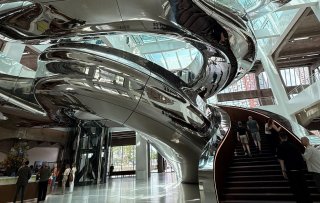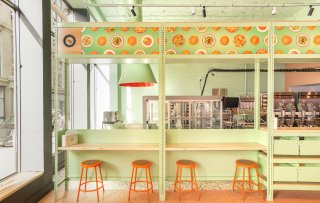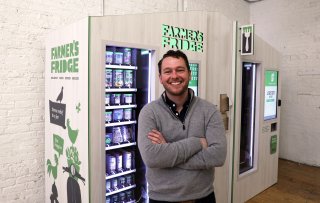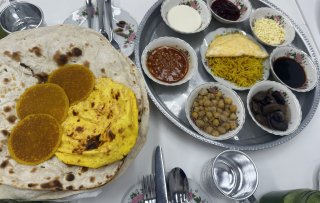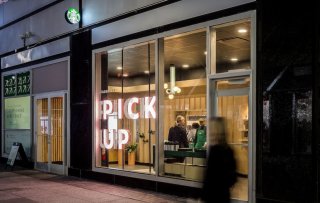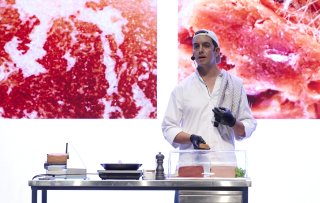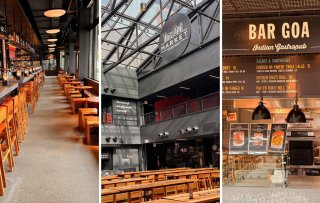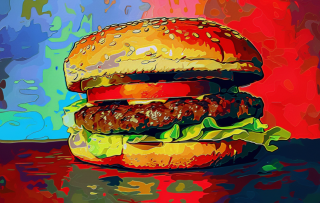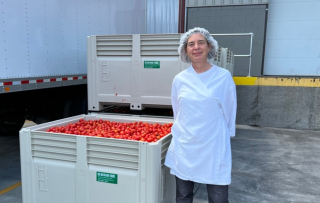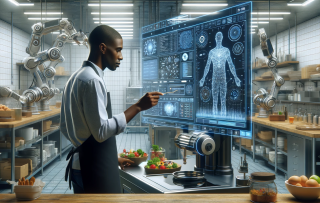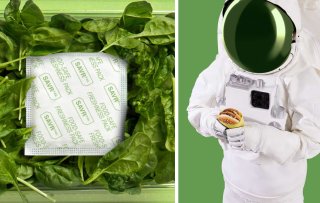The current disruption in the food sector: ghost kitchens. Ghost Kitchens produce meals solely intended for delivery. How does that work exactly? What does a ghost kitchen look like from the inside? We took a look at the New York branch of Kitchen United, one of the fastest growing ghost kitchens in the United States. About a thousand meals are produced there daily.
The Kitchen United New York location offers sixteen food concepts on their online platform. The diverse menu offerings combined with one delivery time and one bill are proving to be a winning strategy in a market that experts say is growing to one billion dollars in global sales by 2030. The expertise lies, among other things, in the smart software and data collection that ensures rapid preparation and precise coordination with external delivery partners.
50 food concepts in 13 kitchens
Nationwide, Kitchen United runs about 50 different food concepts. The scale-up has thirteen kitchens across the country and will soon open five more. Each ghost kitchen exploits a unique combination of food concepts which Kitchen United's curators base on the demographics of the neighborhood where the kitchens are located.
Fresh Brothers: ghost kitchen at Kitchen United or physical restaurant?
The startup costs for the food concepts participating in Kitchen United are significantly lower than building a standalone restaurant. Take Fresh Brothers as an example. This fresh pizza chain, with currently more than 20 physical restaurants on the West Coast, opened their ghost kitchen pizza format with an investment of "only" $30,000. Building their own restaurant was estimated to have cost about $400,000. Meanwhile, restaurant concepts with their own locations are also finding that the costs of energy, rent, ingredients and staff are rising sharply. Participation in a ghost kitchen like Kitchen United greatly reduces these costs.
The average turnover per brand per location participating in Kitchen United is estimated at an annual turnover of about $500,000. The sales of a physical Fresh Brothers restaurant would equate to annual sales of about $1,500,000. Because the start-up costs are much lower, the margins for the delivery concepts are higher than operating a physical restaurant, says Fresh Brothers Chief Executive Officer Geoffrey Goodman.
.jpg-28x28.jpg) Written by
Written by 
.jpg-300x300.jpg)
.jpg-50x50.jpg)









